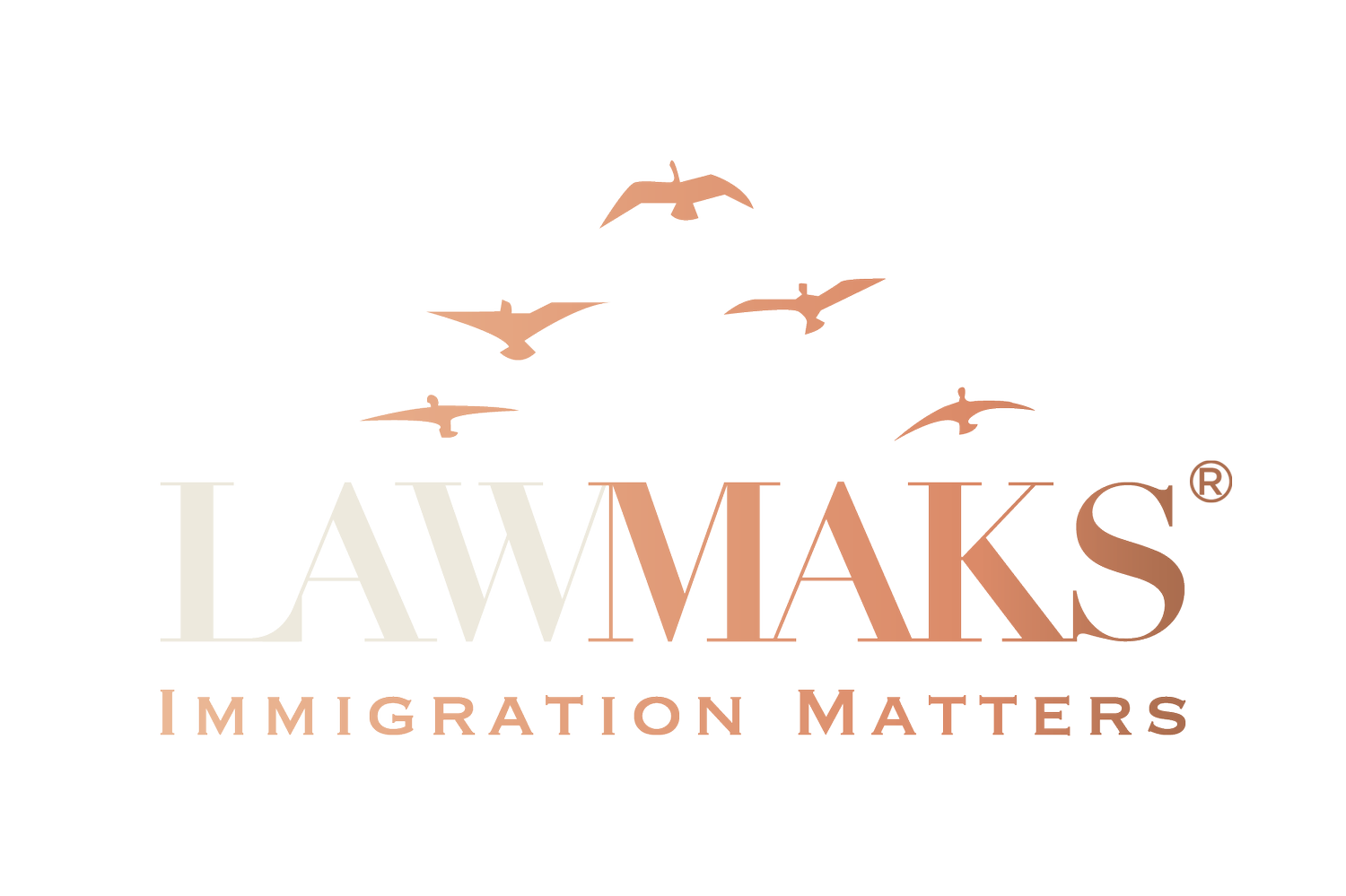PERM Eligibility Requirements: A Guide for Employers and Employees
In today’s competitive global economy, U.S. employers increasingly rely on the expertise and innovation that skilled foreign workers bring to the workforce. While the United States has long been a global leader in industries such as technology, engineering, and healthcare, domestic shortages in qualified workers—especially in STEM fields—pose challenges to maintaining that leadership. For many companies, hiring highly skilled foreign workers is essential to filling these gaps and continuing to grow and innovate. The Program Electronic Review Management (PERM) process plays a crucial role in making this possible by allowing U.S. employers to sponsor foreign workers for permanent residency when no qualified U.S. candidates are available.
The PERM process, however, requires that both employers and employees meet specific eligibility criteria. By understanding these requirements, employers can successfully navigate the PERM process and make a compelling case to the Department of Labor (DOL) that hiring foreign talent benefits the U.S. economy. Below, we outline the core eligibility requirements for both employers and employees, providing the essential details to ensure a smooth and compliant PERM process.
What is the PERM Process?
The PERM labor certification is the first step in obtaining a green card for employment-based immigration to the United States. Overseen by the DOL, the PERM process ensures that hiring a foreign worker will not negatively impact the job opportunities, wages, or working conditions of U.S. workers. Through this process, employers demonstrate their need for foreign talent and affirm that no qualified U.S. workers were displaced or overlooked.
Employer Eligibility Requirements for PERM
To successfully sponsor a foreign worker through PERM, employers must fulfill certain eligibility requirements to substantiate their need for foreign labor and their ability to meet regulatory standards.
1. Proof of Ability to Pay the Offered Wage
Employers must demonstrate that they can pay the foreign worker at or above the prevailing wage from the time of filing until the green card is issued. Financial statements, tax returns, or annual reports are commonly used to evidence this ability, showing that the job offer is genuine and sustainable.
2. Compliance with Prevailing Wage Requirements
Ensuring fair compensation for both U.S. and foreign workers is central to the PERM process. Employers must pay the foreign worker at least the prevailing wage for the specific occupation and location. This wage determination, provided by the DOL, safeguards U.S. workers by preventing wage suppression due to hiring foreign labor.
3. Recruitment Efforts to Hire U.S. Workers
A key component of PERM is that employers must make genuine, proactive recruitment efforts to hire qualified U.S. workers before considering a foreign worker. Recruitment steps include:
• Posting the Job Opportunity: Employers must post the job opportunity in-house and in external media outlets to reach U.S. workers.
• Job Order with the State Workforce Agency (SWA): Employers must place a job order with the relevant SWA for a minimum of 30 days.
• Additional Recruitment Steps: In some cases, three additional recruitment efforts are required, which may involve advertising in professional journals, online job boards, or attending job fairs.
These recruitment efforts must objectively demonstrate that no qualified, willing, and able U.S. workers were available for the role.
4. Customary Job Requirements
The employer’s job requirements should be industry-standard and reasonable. Overly restrictive or specific qualifications that discourage U.S. applicants are not permitted, ensuring that the job requirements align with the actual needs of the role rather than favoring a foreign candidate.
5. Permanent and Full-Time Position
Only permanent, full-time positions qualify for PERM certification. Temporary, seasonal, or part-time positions are ineligible, underscoring the importance of long-term contributions from foreign employees.
Employee Eligibility Requirements for PERM
To qualify under PERM, foreign workers must also meet certain eligibility criteria.
1. Qualified for the Position
The foreign worker must meet the job qualifications stated in the PERM application, including educational, experience, and skill requirements. This ensures that they possess the necessary expertise to perform the job at a high level, especially in high-demand fields like engineering, technology, and science.
2. Legal Status in the United States (if already present)
Although it is not a formal PERM requirement, maintaining lawful status in the U.S. is generally advisable throughout the PERM and green card process. Violations of immigration status, such as visa overstays, can complicate or even prevent successful completion of the process.
3. No Conflict with Job Requirements
The foreign worker’s qualifications should naturally match the job requirements without suggesting a conflict of interest. For instance, if the foreign worker is closely related to or has a financial stake in the company, additional scrutiny may be necessary to ensure the validity of the job offer.
Why Employers Pursue PERM Certification
U.S. employers are often eager to hire foreign talent to bridge workforce shortages, especially in industries requiring highly specialized skills. For many tech firms, engineering companies, and research institutions, foreign professionals bring cutting-edge knowledge and fresh perspectives that drive innovation and growth. The PERM process ensures that these hiring decisions are made responsibly, protecting both U.S. workers and the foreign professionals who make vital contributions to our economy.


